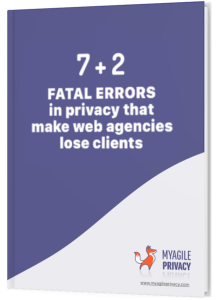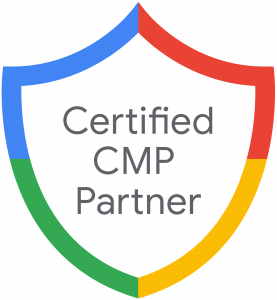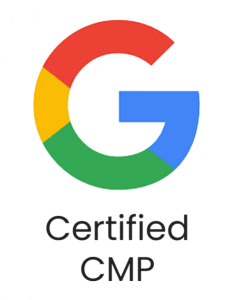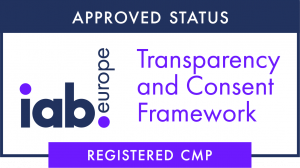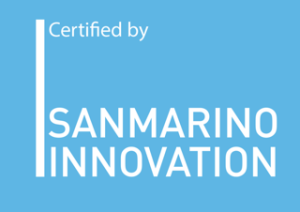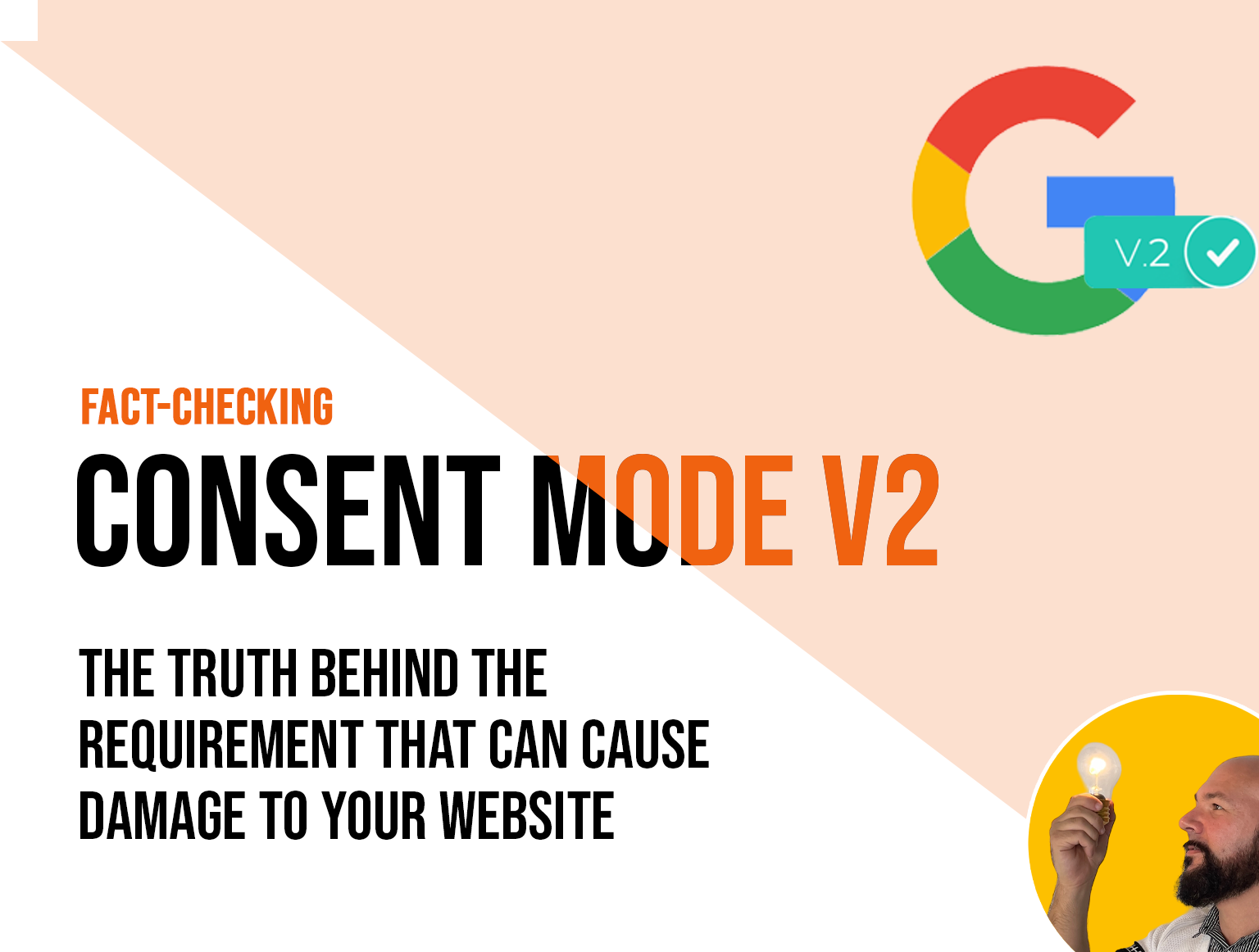
Consent Mode version 2: Right now, it’s one of the most talked about topics in the web and analytics world. Whether you’re a webmaster, site owner, marketer, or digital consultant, odds are you’ve dealt with this new requirement—just like us, since My Agile Privacy supports Consent Mode.
Is enabling Consent Mode mandatory for Google services? Yes.
Has “Consent Mode” become a common buzzword? Definitely.
Is there a lot of misinformation? Absolutely.
Are there challenges and issues to manage with Google’s new tech? Unfortunately, yes.
Let’s clarify things, step by step.
Introduction: What is Consent Mode v2?
Consent Mode is a Google feature to help advertisers respect user consent choices, aligning with the Digital Markets Act (DMA) effective from March 6, 2024. Version 2, which replaces version 1, lets Google receive greater detail on user consent and privacy preferences.
Why Was This Update Necessary?
These changes are driven by the DMA, a regulation that aims to create a safer digital environment, safeguard users’ rights, and promote fair competition. The DMA places specific obligations on very large online platforms—the Gatekeeper list includes Google, Amazon, Apple, ByteDance (TikTok), Meta (Facebook, Instagram, WhatsApp), and Microsoft.
The intent is to prevent abuse and dominance by these tech giants and protect smaller companies. As a result, platforms and intermediaries with over 45 million monthly EU users have additional rules—including some that affect third parties using their services.
If you use Google’s ecosystem, you must comply with Google’s requirement to implement Consent Mode version 2.
“What if I don’t use Consent Mode v2 by March 2024?”
If you fail to implement it, there’s a risk of missing data in Google tools such as Google Analytics 4 (GA4) audiences or Google Ads remarketing lists—which can disrupt campaign performance and reporting.
“But I only use Google Analytics for statistics, not Google Ads. Do I still need Consent Mode v2?”
This is where the issue arises. Yes, even if you only use Google Analytics 4, Consent Mode v2 is required—and not using it may bring future challenges for analysis and reporting.
“What’s the first impact after adopting Consent Mode v2?”
You’ll likely see a drop in tracked visits in your Google Analytics reporting, possibly up to 50%. Site traffic won’t actually decrease—the reporting will. Why? Users who don’t give consent are no longer counted, unless your site qualifies for Google’s behavioral modeling.
“What are the requirements for behavioral modeling?”
If your site collects at least 1,000 events per day without consent over the past 7 days, and at least 1,000 daily consenting users for 7 of the last 28 days, Google’s machine learning can recover around 65% of missing data.
Source: https://support.google.com/analytics/answer/11161109?hl=en
Sound complicated? It is. The tool is complex and a far cry from the sales pitch (“just activate consent mode and your conversions and revenue go up!”) often pushed in misleading marketing. In reality, you’ll probably see fewer visitors in reports—and unless you meet modeling criteria, this may be permanent.
“So even if I don’t advertise and don’t reach 2,000+ daily visitors, I’ll still see up to 50% drop in Analytics data—with no remedy?”
Exactly. And let’s not forget this follows the forced transition from Universal Analytics to GA4, which many found disruptive: loss of historical data, new workflows, confusion, and extra work.
Final Considerations
Free, attractive, and user-friendly tools spread rapidly, but few people considered how the collected data was being stored or used—often for providers’ commercial gain.
Now, mounting privacy awareness and regulatory enforcement (especially in the EU) are curbing what these tools can do.
Big companies heavily invested in web marketing have the resources or consultants needed to adapt to new rules. They can tweak campaigns and strategies to fit the changing digital landscape. But small businesses and individuals just seeking simple stats or basic reporting are left in a tough spot.
If you want real data control—and to avoid extra consent modes—consider “self-hosted” analytics like Matomo, where you own your data locally.
Bottom line: Consent Mode v2 isn’t a magic solution. It won’t boost sales or site performance, and it’s not a miracle tool.
No matter how some market it, Consent Mode exists because of regulatory need—not to make life easier for marketers.
Within Google’s ecosystem, you can’t ignore this requirement—but you can minimize negative consequences by staying up to date.
At My Agile Privacy, we operate under a clear code of ethics. We believe in transparency, fairness, and integrity—that’s what inspired us to write this article. When considering the future, think about who you trust.
Daniele Bianco
P.S. If you haven’t yet complied, My Agile Privacy for WordPress can help with literally one click—keeping you fully aware and ready for Consent Mode v2.



